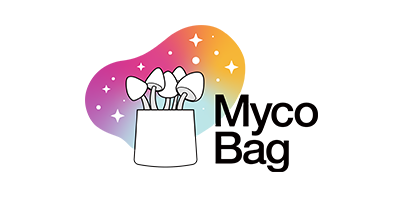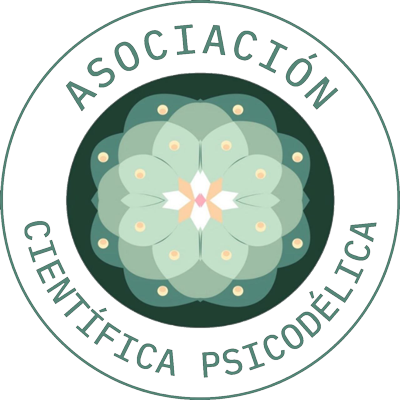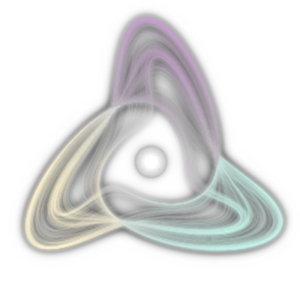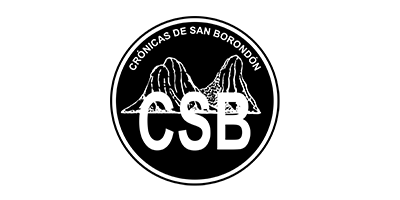After years of speculation, the fungus that lives in symbiosis with the Ipomoea tricolor vine has been found.
A microbiology student at West Virginia University has discovered a new species of fungus that, in symbiosis with a plant, produces a hallucinogenic substance very similar to LSD. The plant is Ipomoea tricolor, a common vine that grows wild in tropical regions and is cultivated ornamentally in many parts of the world.
While studying the plant, the undergraduate, Corinne Hazel, noticed that its seeds were covered with tiny hairs suggesting the presence of a fungus. Other researchers had theorized that such a symbiotic fungus might exist, but until now no one had been able to prove it.
Hazel’s surprise was enormous when she succeeded in isolating the fungus and sequencing its DNA: not only did she confirm its presence, she also found that it belonged to a previously unidentified species. She has chosen to name this new member of the Periglandula family Periglandula clandestina, in reference to the long time the species remained hidden from science.
The seeds of Ipomoea tricolor were already known to produce hallucinogenic, psychoactive effects. Like other plants in the Morning Glory family, their seeds contain ergot alkaloids such as LSA, whose effects are very similar to the famous psychedelic LSD. This had led to the hypothesis that a fungus associated with the plant might be responsible for producing these compounds.
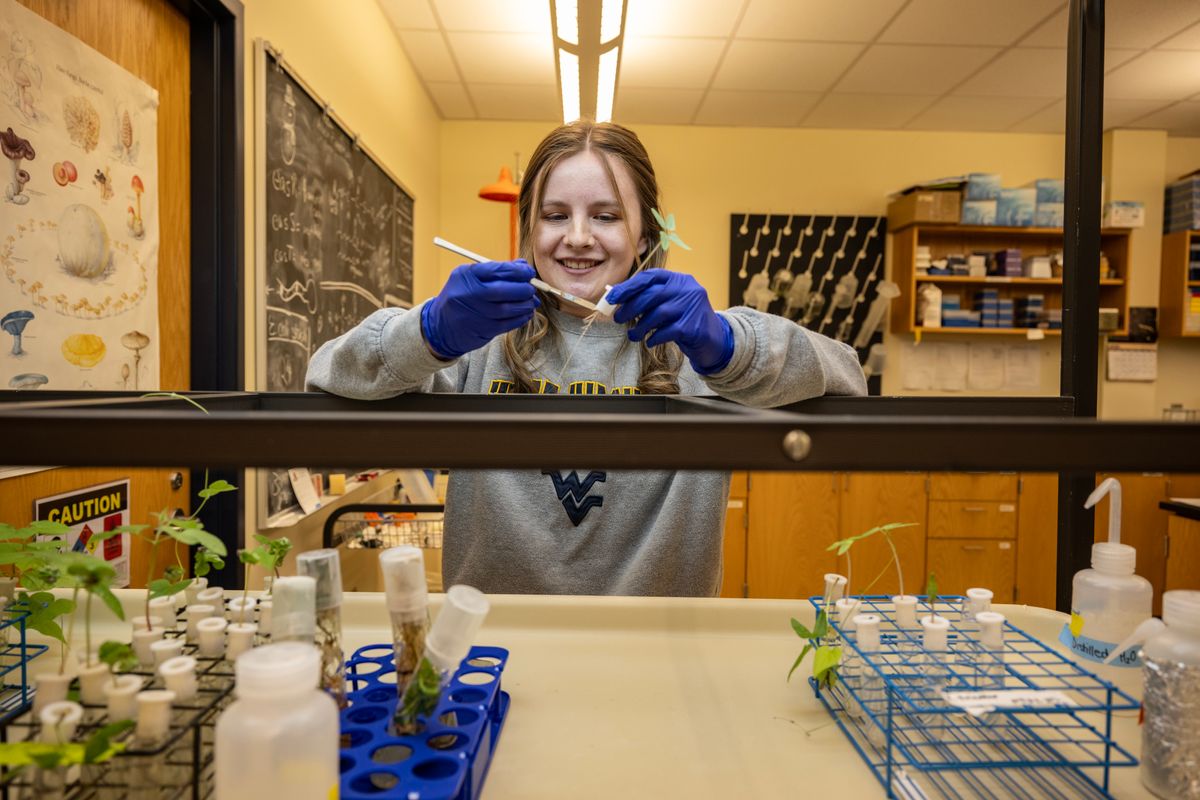
The discovery has been published in the journal Mycology. According to West Virginia University, Hazel is now exploring more efficient ways to cultivate the fungus and investigating whether other species in the same family might also harbor ergot-type alkaloids produced by yet-undiscovered fungi.
Plants such as Ipomoea tricolor and other Morning Glories in the Convolvulaceae family—such as ololiuqui—have been used for centuries in Central American cultures for divinatory, spiritual, and healing purposes because of their hallucinogenic properties. The Swiss chemist Albert Hofmann, discoverer of LSD, studied and isolated several of the hallucinogenic compounds found in this group of plants.
These plants and their compounds are now the focus of intense research for their psychoactive effects and therapeutic potential. In this context, on 7–8 November, the island of Fuerteventura will host the Fuertedélica conference on psychedelics, which will address the various uses of these substances and the stages and varieties of the psychedelic experience.

